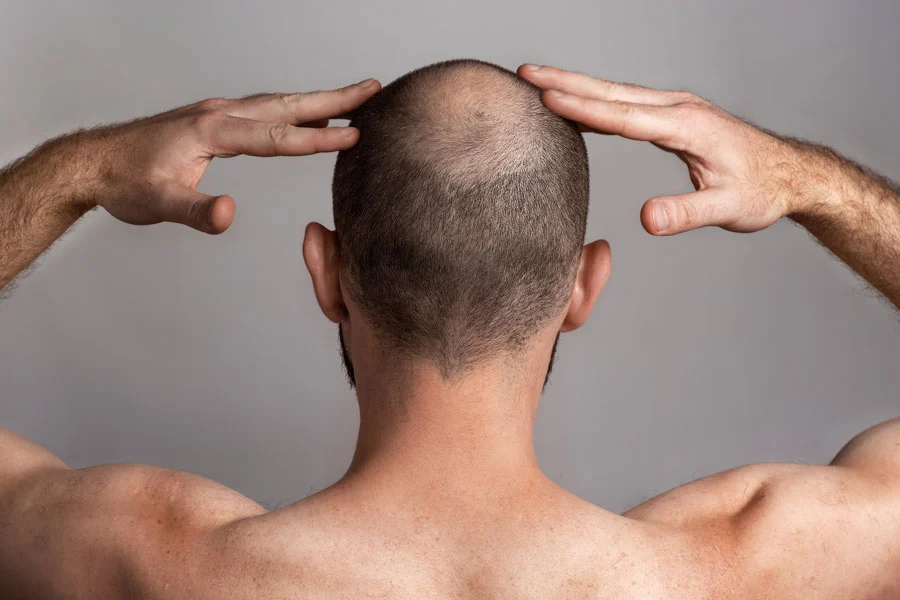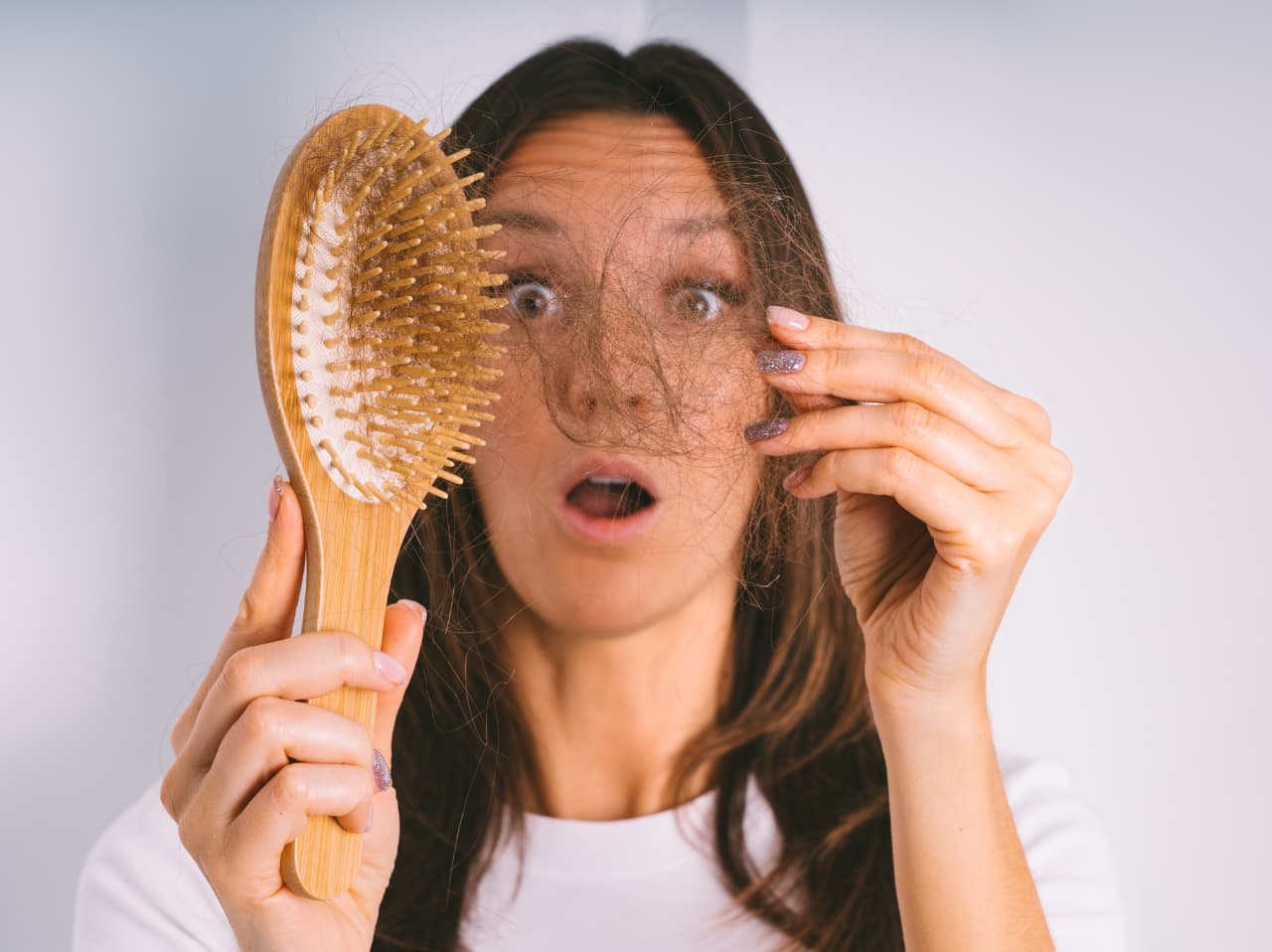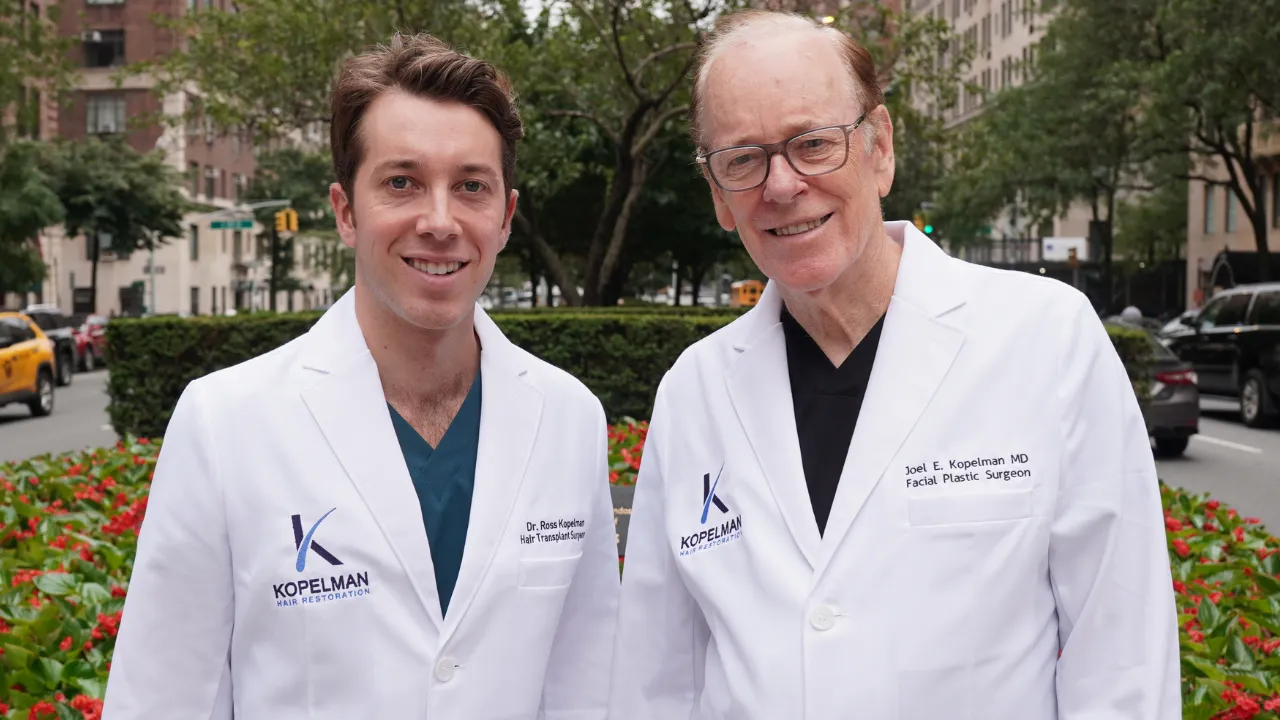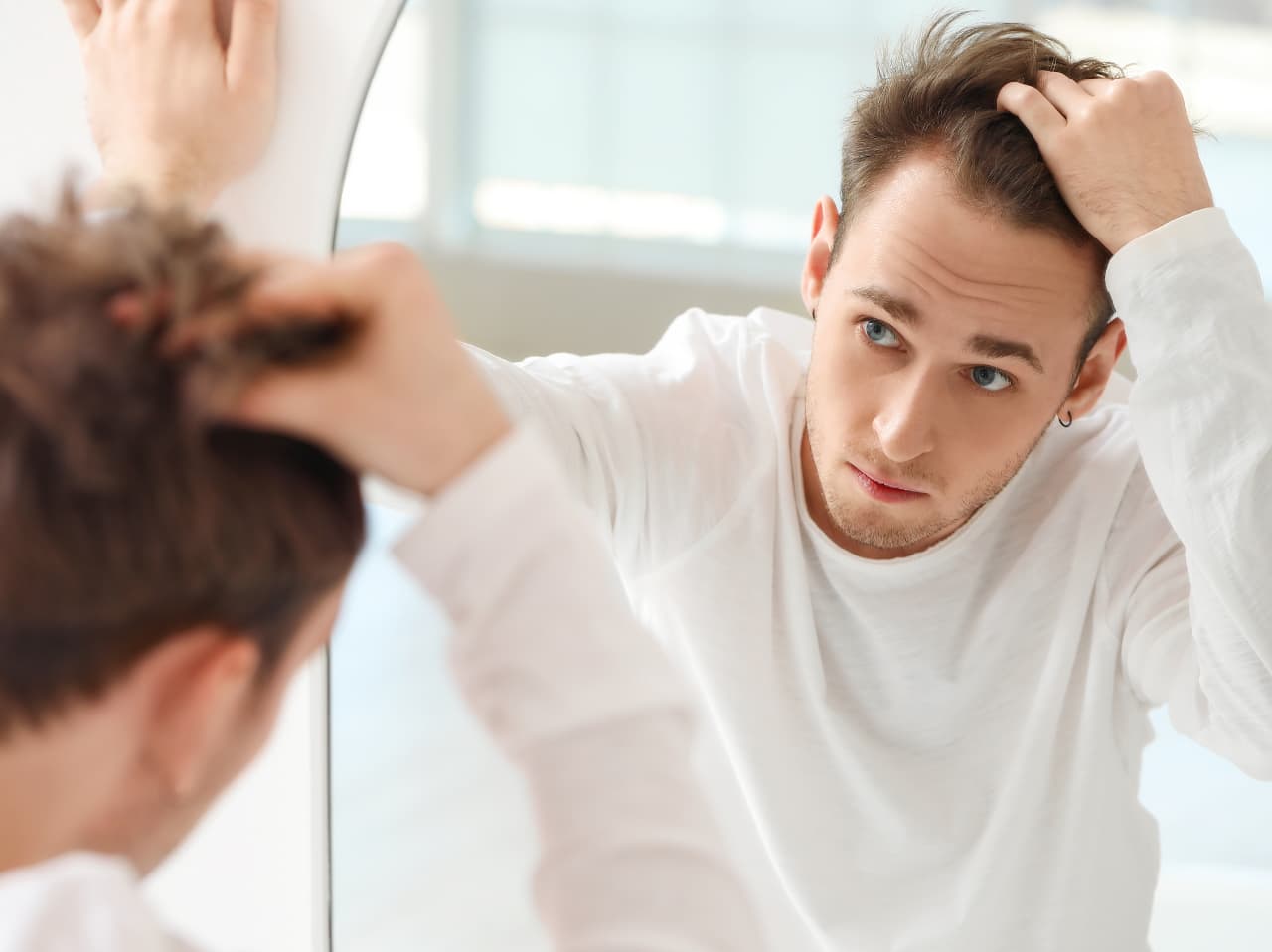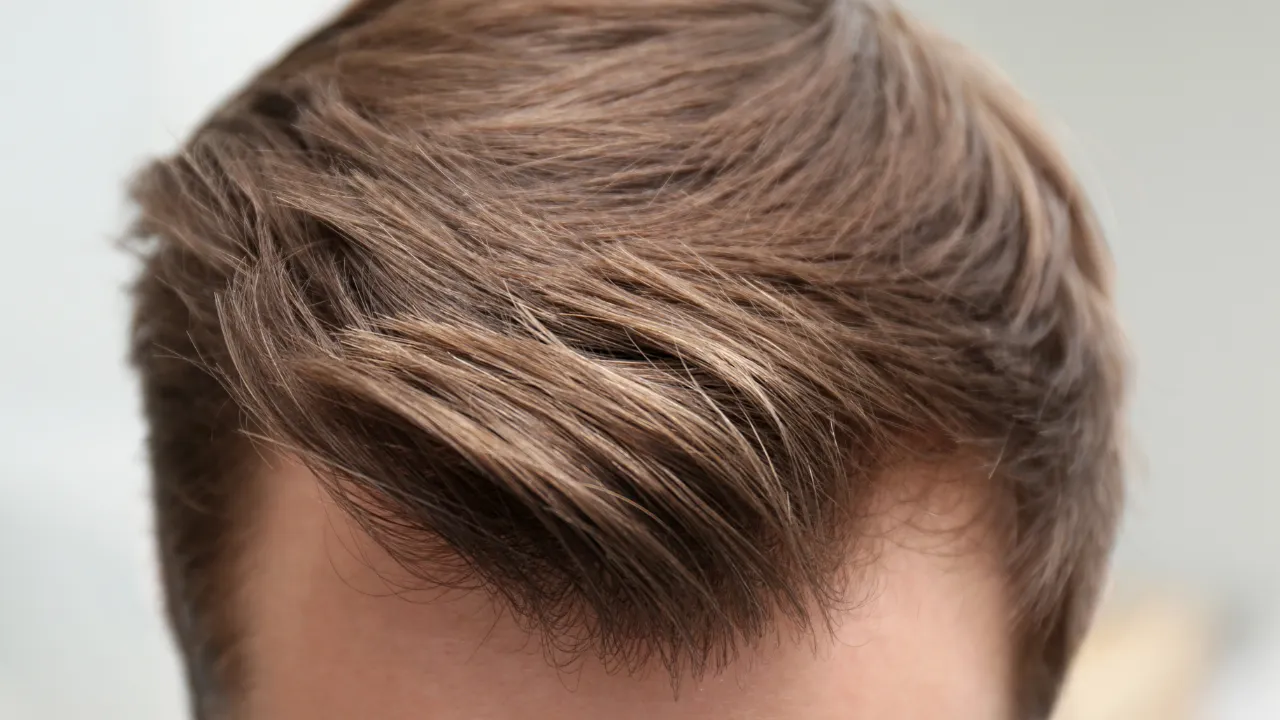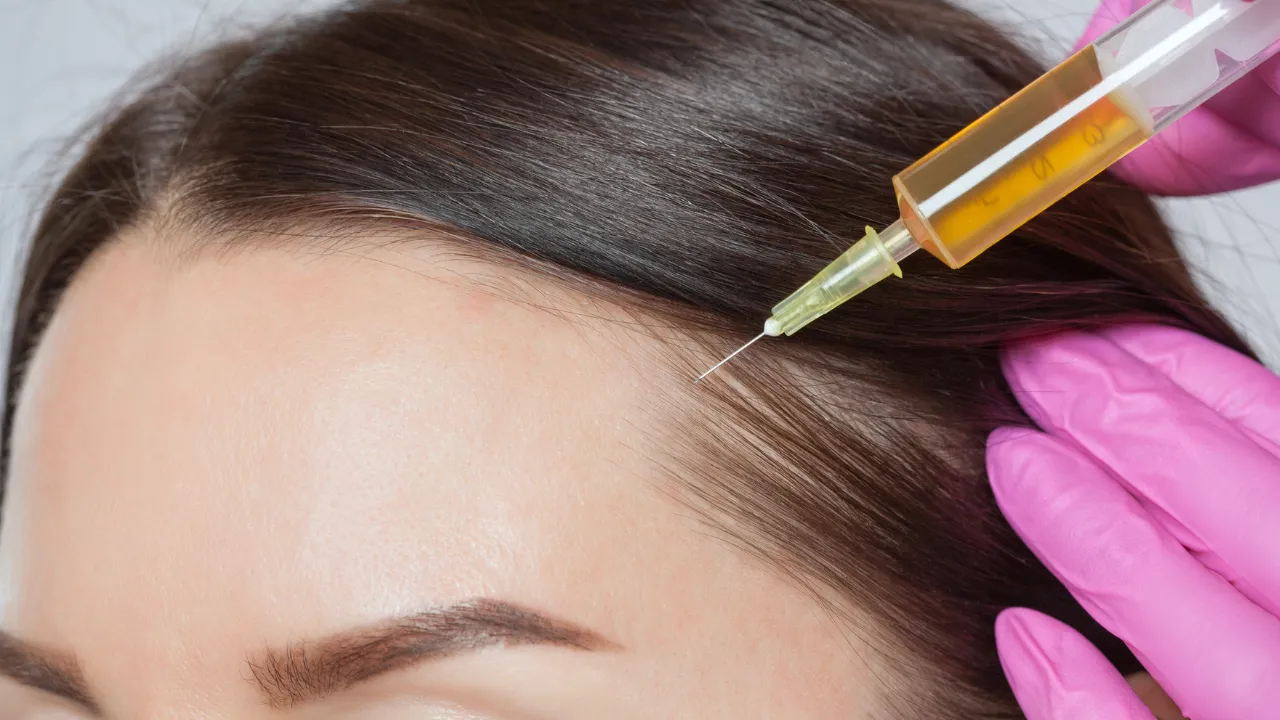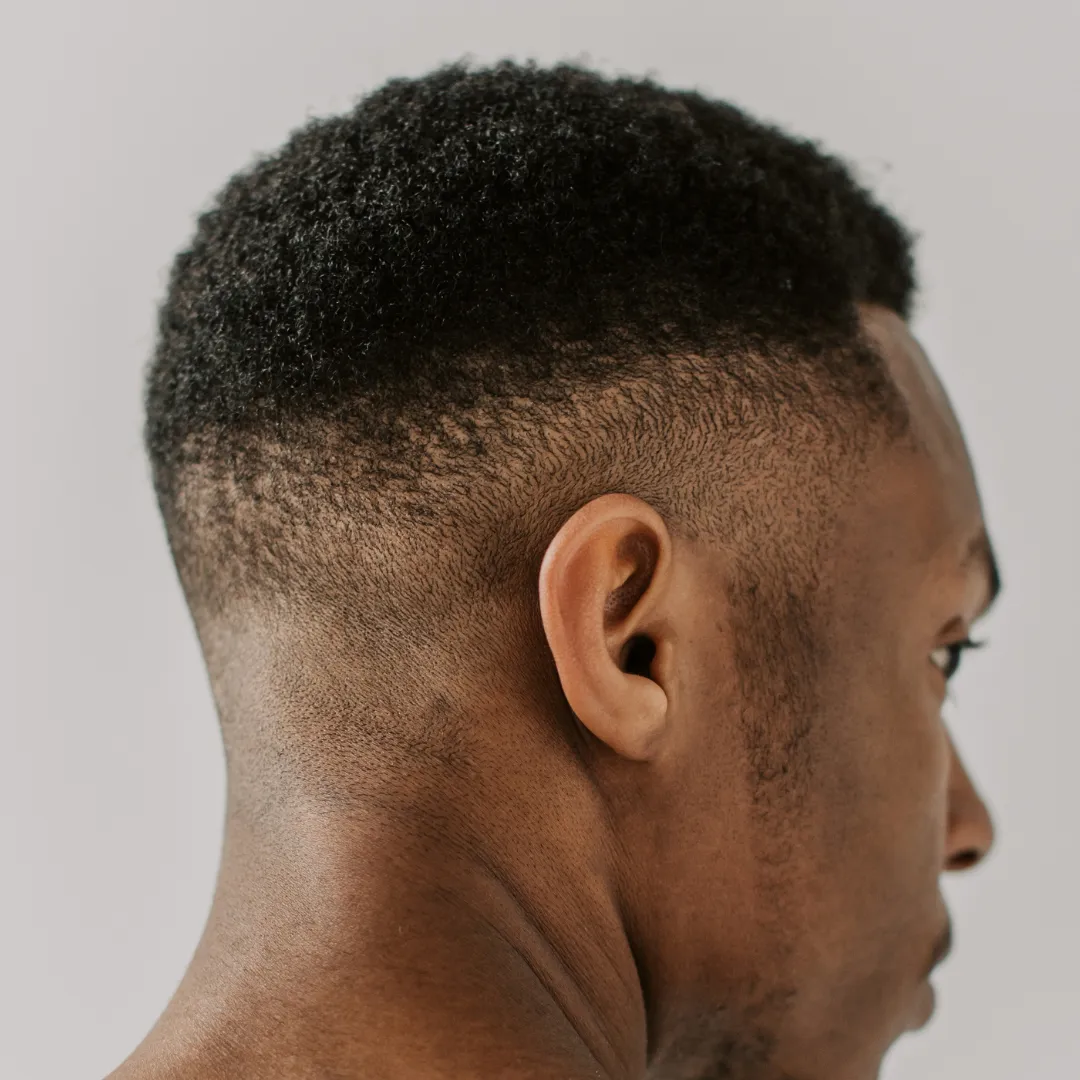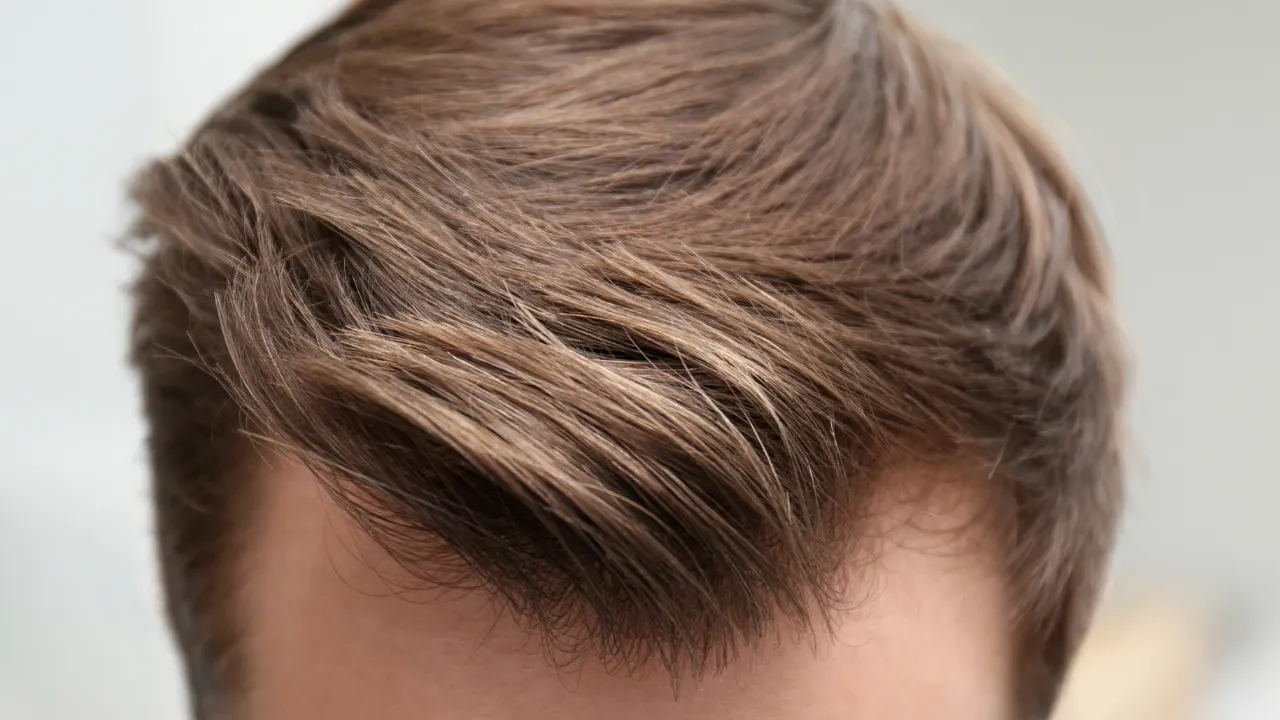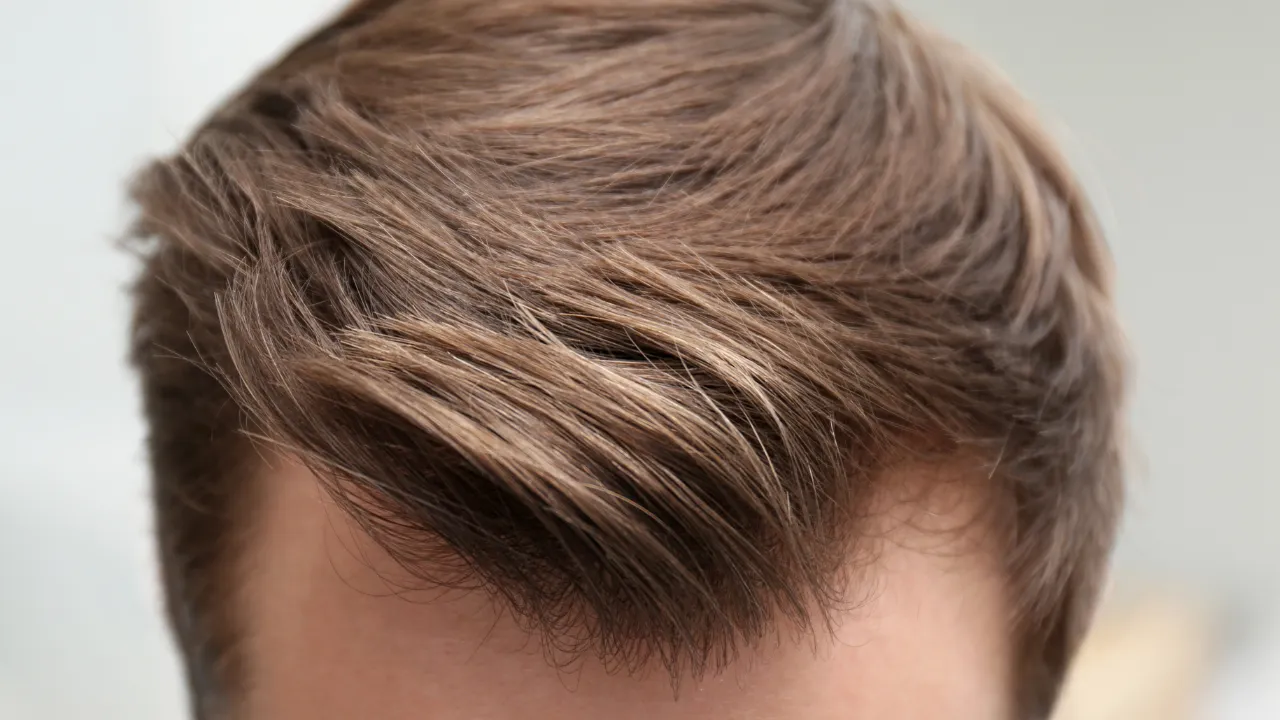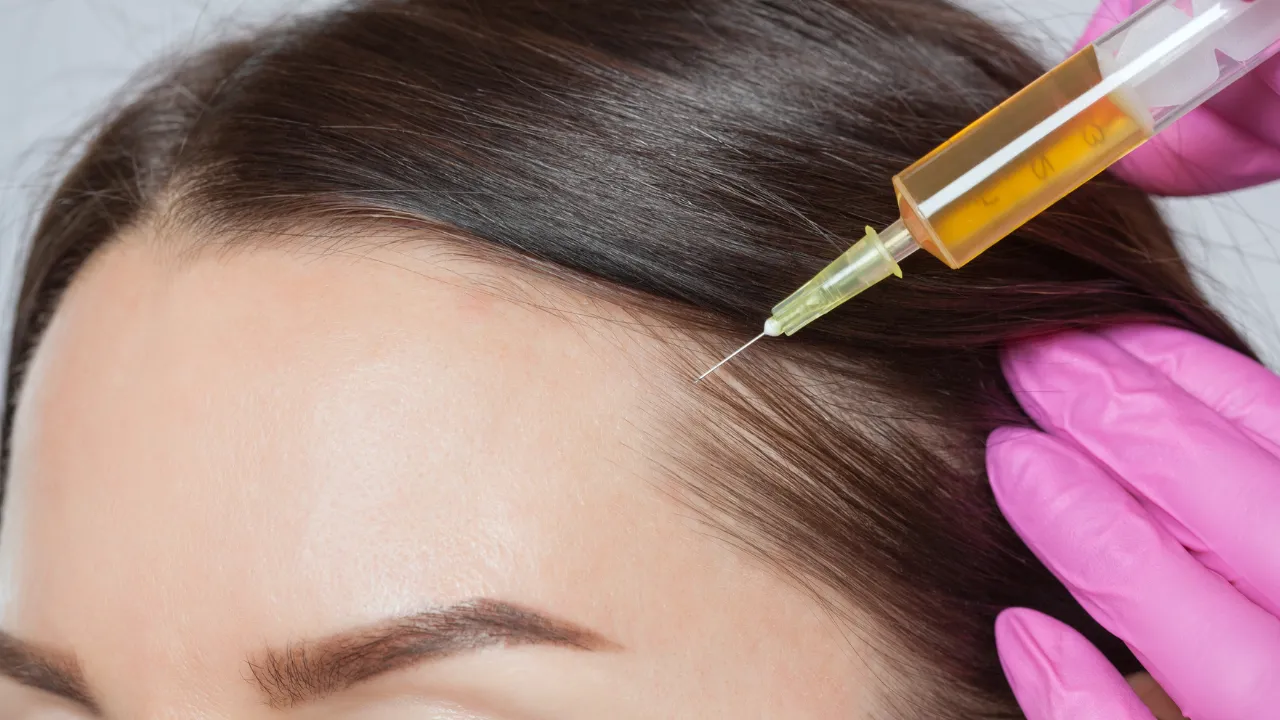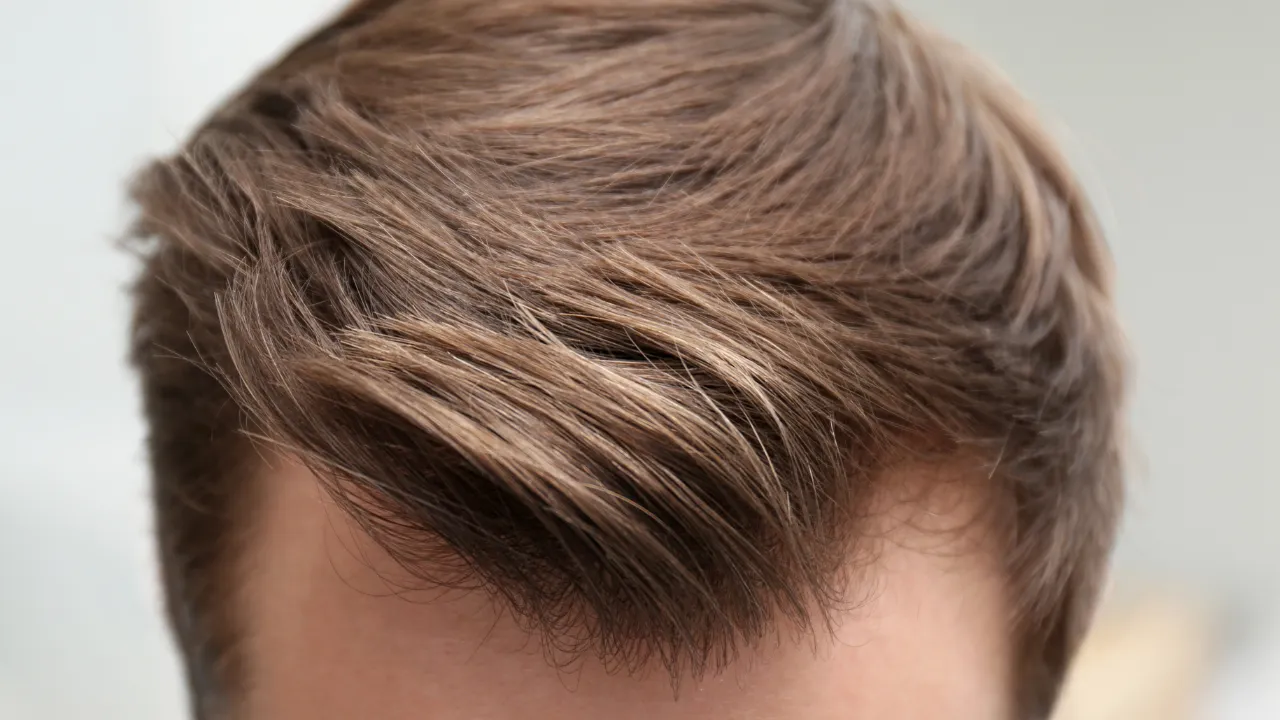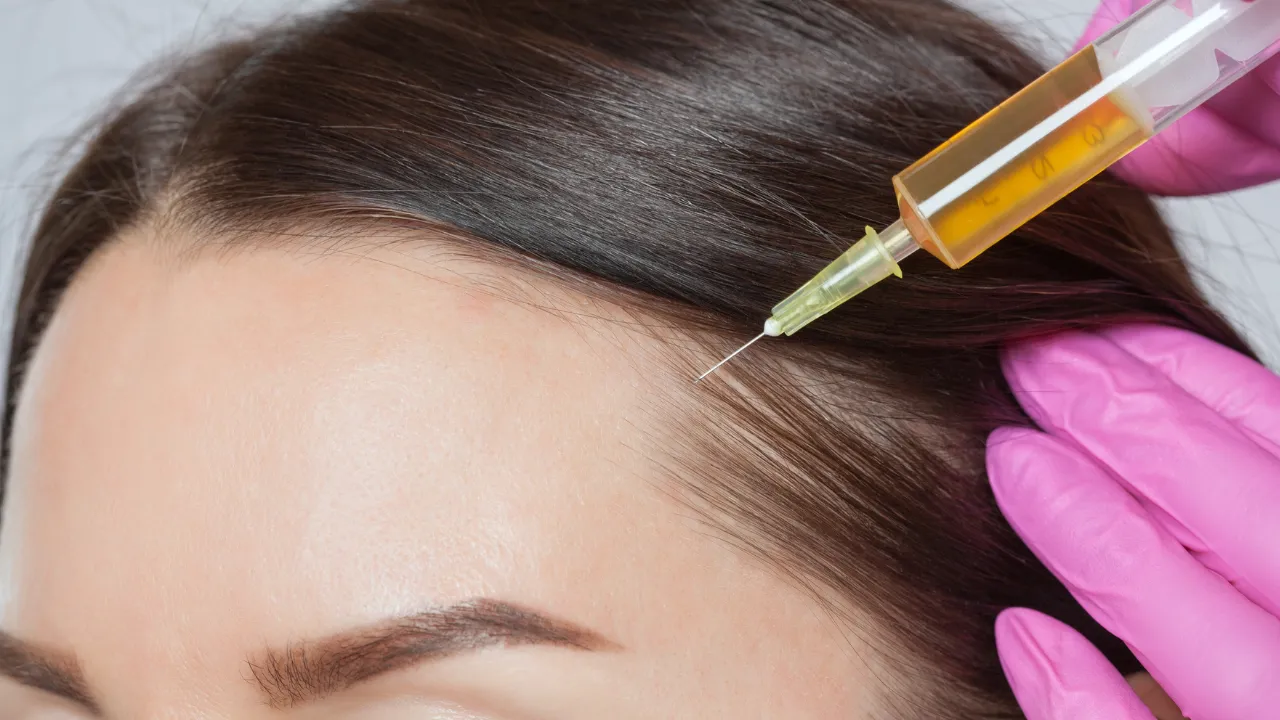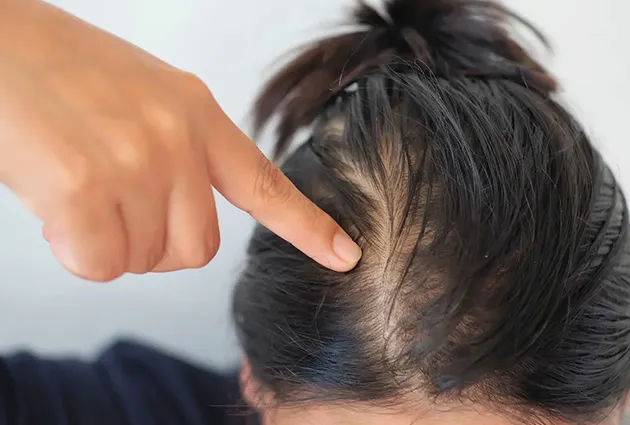Table of Contents
TogglePlatelet-rich plasma (PRP) has emerged as a popular non-surgical option for individuals struggling with thinning hair. At Kopelman Hair, patients often ask, “Is PRP permanent?” This article explains how PRP works, how long results typically last, and whether it’s the right option for your hair restoration goals.
How PRP Works for Hair Loss
What Happens During a PRP Session
PRP therapy involves drawing a small amount of the patient’s blood, processing it in a centrifuge to separate the red blood cells from the plasma, and injecting the platelet-rich portion into thinning areas of the scalp. The procedure is minimally invasive and usually takes less than an hour.
How It Stimulates Hair Growth
Platelets are rich in growth factors that help repair tissues and promote hair growth by stimulating dormant follicles. In some advanced protocols, stem cell components are also combined with PRP to enhance follicle rejuvenation and regrowth.
How Long Do PRP Results Last?
Is PRP a Long-Term or Ongoing Treatment?
PRP isn’t a permanent cure, but it can offer lasting results with consistent maintenance. Most patients see improvement within 3 to 6 months after completing 3–4 initial sessions.
Results may last 12 months or longer, depending on individual factors. Follow-up sessions every 6–12 months are commonly recommended.
What If You Stop PRP Treatments?
Discontinuing PRP won’t cause sudden hair loss, but results may slowly diminish over time. Since PRP doesn’t treat the root causes, such as genetics, maintenance is important for ongoing benefits.
Stopping treatment means the follicles lose the stimulation they were receiving. Hair may return to its pre-treatment state gradually.
Factors That Influence PRP Results
Hair Loss Type and Patient Age
PRP is most effective in patients with early-stage hair loss. Those with androgenetic alopecia generally see the best outcomes. PRP injections for alopecia areata have shown mixed results but may be considered in combination with other treatment options.
Younger patients often have better results due to the higher viability of their follicles. Early intervention is especially helpful for those experiencing hair thinning in targeted areas.
Lifestyle, Health, and Consistency
General health impacts the results. Good nutrition, exercise, and not smoking help circulation and healing, which support PRP’s effects.
Consistency matters. Skipping sessions or delaying maintenance treatments can reduce long-term results. Sticking to the recommended schedule helps maximize outcomes.
Is PRP a Long-Term Solution for Everyone?
Hair vs. Skin, Under-Eyes, and Acne Scars
PRP is also used for skin rejuvenation, under-eye treatment, and acne scars. However, is PRP permanent for skin, or is PRP permanent for acne scars? Not really—results in these cases are temporary and often need frequent sessions.
For hair, results tend to last longer but still fade without maintenance. PRP is not a one-time fix in any context.
When PRP May Not Be Enough
PRP may not work for patients with complete baldness or inactive follicles. In such cases, hair transplantation might be more effective. Dr. Kopelman often recommends a full evaluation based on your types of hair loss to determine the most effective strategy.
PRP vs. Other Hair Loss Treatments
How It Compares to Hair Transplants
Hair transplants are more invasive and expensive but can offer permanent results. PRP is non-surgical and better suited for patients in early stages of thinning.
PRP can also support healing after a transplant. While not a replacement, it complements surgical solutions.
PRP vs. Minoxidil and Medications
Minoxidil and finasteride are standard treatments but must be used continuously. PRP offers a natural alternative by using the body’s own healing mechanisms. This form of platelet rich plasma therapy has become a preferred treatment for hair loss among patients who want a non-surgical option.
Cost of PRP Hair Treatment
How Much Is PRP for Hair?
The PRP hair treatment price ranges between $500 and $1,500 per session. A full treatment plan often includes 3 to 4 sessions.
At Kopelman Hair, treatment is tailored to your hair condition, with full pricing explained upfront.
What Affects the Price?
Factors influencing prp treatment for hair cost include:
- Clinic expertise
- Session count
- Technology used
- Additional care or follow-up
Very low-cost options may offer lower-quality PRP or techniques.
Is It Worth the Investment?
PRP can improve hair density and slow shedding. While not permanent, results are meaningful and boost self-confidence.
Compared to long-term medication or surgery, PRP provides a balanced, natural option. Dr. Kopelman emphasizes patient evaluation to ensure it’s the right fit.
PRP Hair Treatment Before and After
What Real Results Look Like
Many patients report thicker hair within 3 to 6 months. Thinning areas appear denser, and shedding reduces. Outcomes vary based on hair loss stage and treatment commitment.
PRP hair treatment before and after pictures show visible but gradual improvement. These help patients know what to expect.
Timeline from First Session to Regrowth
Typical progress:
- 1–2 months: Less shedding
- 3–4 months: Early regrowth
- 6–12 months: Best results
Ongoing treatments maintain and may enhance improvements. You can explore a detailed PRP hair treatment timeline to better understand when results typically appear and how they progress over time.
Is PRP Right for You?
Who Benefits Most from PRP
PRP works best for mild to moderate platelet rich plasma hair loss and thinning. It’s most useful when follicles are still active.
Those wanting a natural option or looking to avoid surgery often choose platelet-rich plasma treatment for hair. If you’re considering PRP in New York, it’s essential to choose a provider with experience in hair restoration and a track record of consistent patient outcomes.
When to Consider Other Options
If hair loss is advanced or follicles are inactive, PRP may not help. In these cases, transplants or combination therapy may be better.
A consultation with Dr. Kopelman is the best way to explore your options and create a personalized plan. Schedule today.


